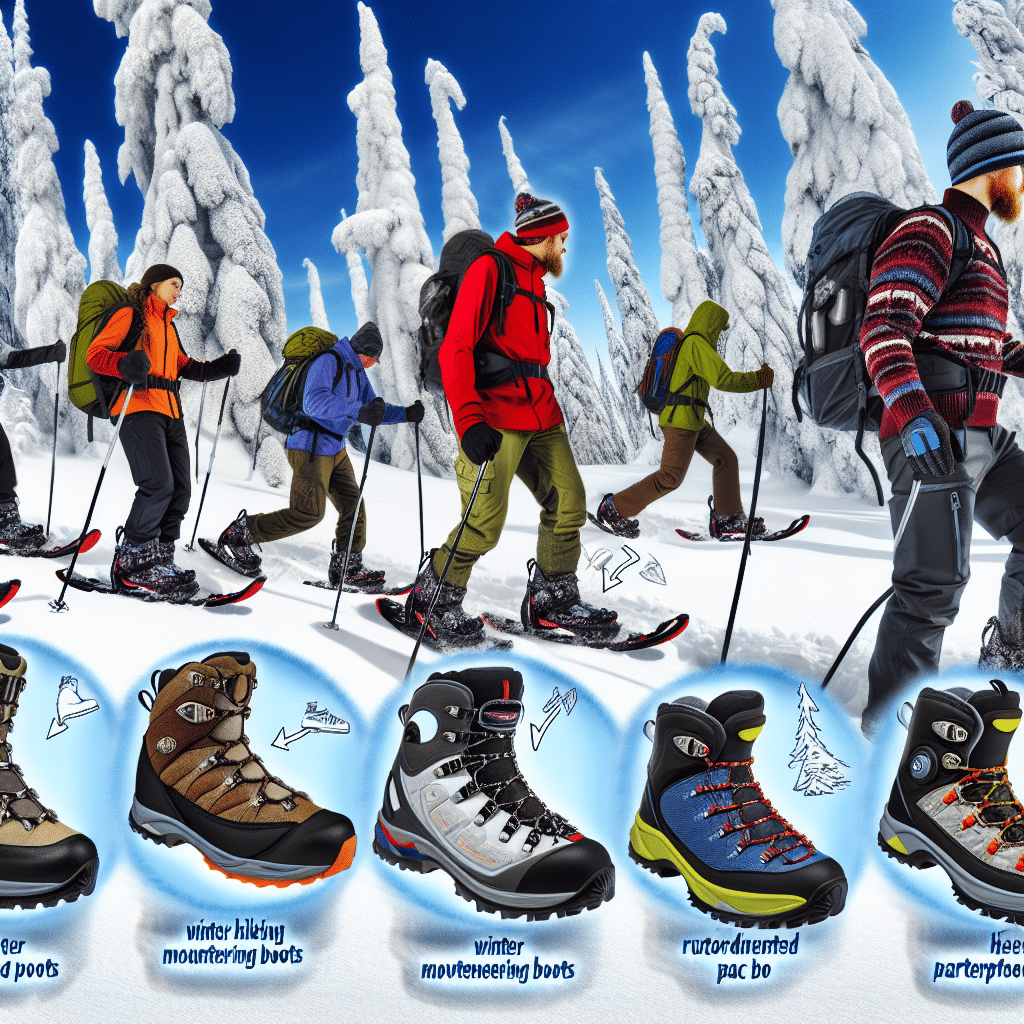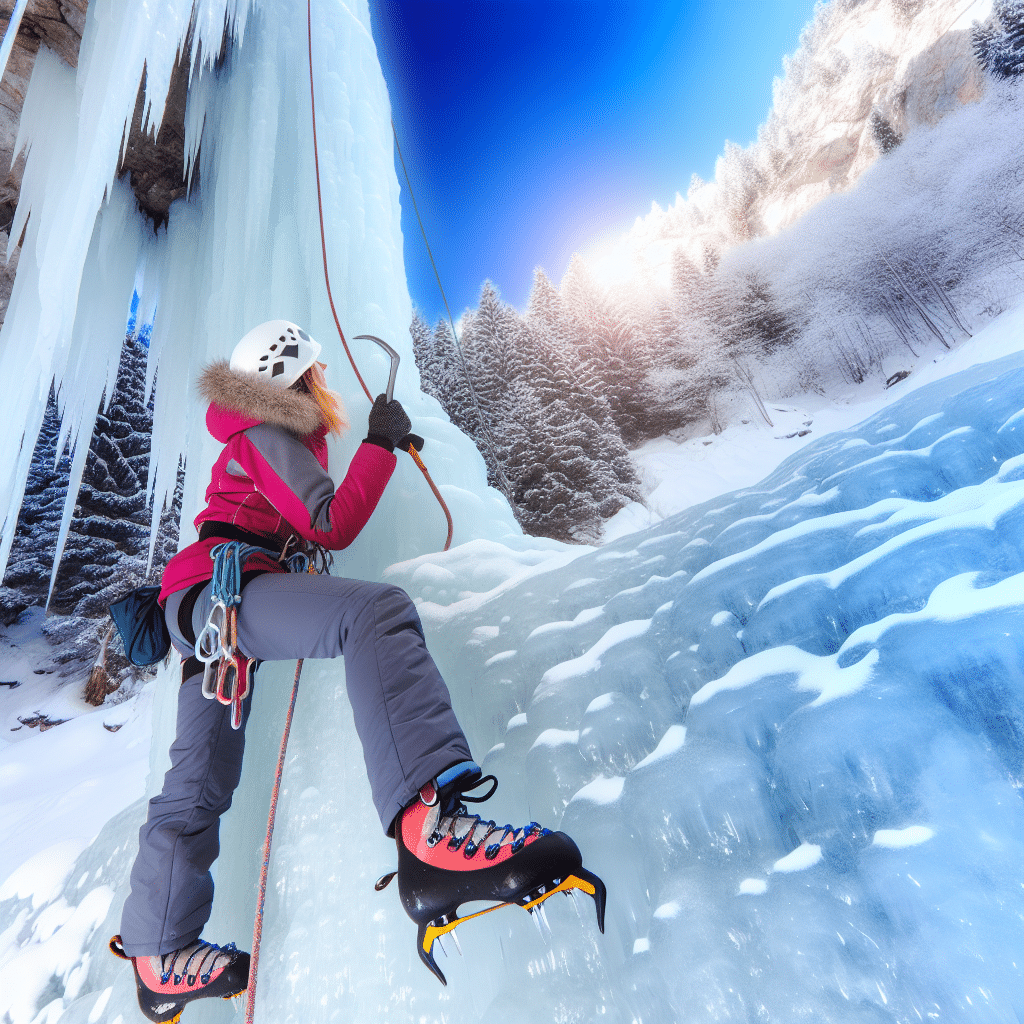Snowshoeing can be an exhilarating outdoor activity, offering participants the opportunity to explore winter landscapes and enjoy nature’s pristine beauty. However, to fully appreciate this experience, it’s vital to have the right gear. One of the key components to ensuring a comfortable and enjoyable snowshoeing excursion is wearing the right boots. But what kind of boots should you wear for snowshoeing? Let’s dive into the essential features and types of boots that will keep you warm, dry, and supported during your snowy treks.
What Kind of Boots to Wear Snowshoeing?
Selecting the right boots for snowshoeing is paramount for comfort and safety. The type of boots you choose can significantly affect your performance and enjoyment. Here are the critical factors to consider when choosing boots for snowshoeing:
1. Insulation and Warmth
Winter temperatures can be unforgiving, so having well-insulated boots is crucial. Look for boots with adequate insulation to keep your feet warm, even in sub-zero conditions. Thinsulate and Primaloft are popular synthetic insulation materials known for their effectiveness. Boots rated for temperatures between -20°C to -40°C are generally a good choice for most snowshoeing conditions.
2. Waterproofing
Snow and slush can quickly make your feet wet and cold if your boots aren’t waterproof. Ensure your boots have a waterproof membrane like Gore-Tex or another reputable material. Sealed seams and waterproof coatings can also enhance your boots’ ability to keep moisture out, ensuring your feet remain dry throughout your adventure.
3. Support and Stability
Snowshoeing involves traversing uneven terrain, so having boots that provide ample ankle support is essential. Stiffer boots with good arch support can prevent injuries and enhance overall comfort. Look for boots with a reinforced heel and toe for added protection and stability.
Different Boot Options for Snowshoeing
Now that we know the essential features to look for, let’s explore some different kinds of boots that are ideal for snowshoeing:
1. Winter Hiking Boots
Winter hiking boots are a popular choice for snowshoeing. They offer excellent insulation, waterproofing, and support. These boots are designed to handle cold weather conditions and rough terrains, making them suitable for snowshoeing. Brands like Salomon, Merrell, and Columbia have robust winter hiking boots that are highly recommended for snowshoeing.
2. Mountaineering Boots
For those tackling more challenging and steep terrains, mountaineering boots can be an excellent option. These boots provide superior ankle support, insulation, and durability. They are designed for extreme conditions and can handle the stresses of snowshoeing on tough trails. Brands such as La Sportiva and Scarpa offer high-performance mountaineering boots ideal for intense snowshoeing activities.
3. Pac Boots
Pac boots are another suitable option, particularly for those prioritizing warmth. These boots often feature removable liners that can be dried out overnight, making them a practical choice for multi-day snowshoeing trips. While they may be heavier and bulkier than other types, their insulation and waterproof features make them a favorite for extreme cold conditions. Sorel and Baffin are renowned for their high-quality pac boots.
Conclusion: The Right Fit for Every Snowshoer
Choosing what kind of boots to wear snowshoeing is a critical decision that can enhance your outdoor experience. Whether you opt for winter hiking boots, mountaineering boots, or pac boots, ensuring they offer the right mix of insulation, waterproofing, and support is key. Take the time to try on different options, consider the terrain and weather conditions of your snowshoeing adventures, and invest in a pair that will keep your feet comfortable and protected. With the right boots, your snowshoeing experience can be a delightful and unforgettable winter adventure.




